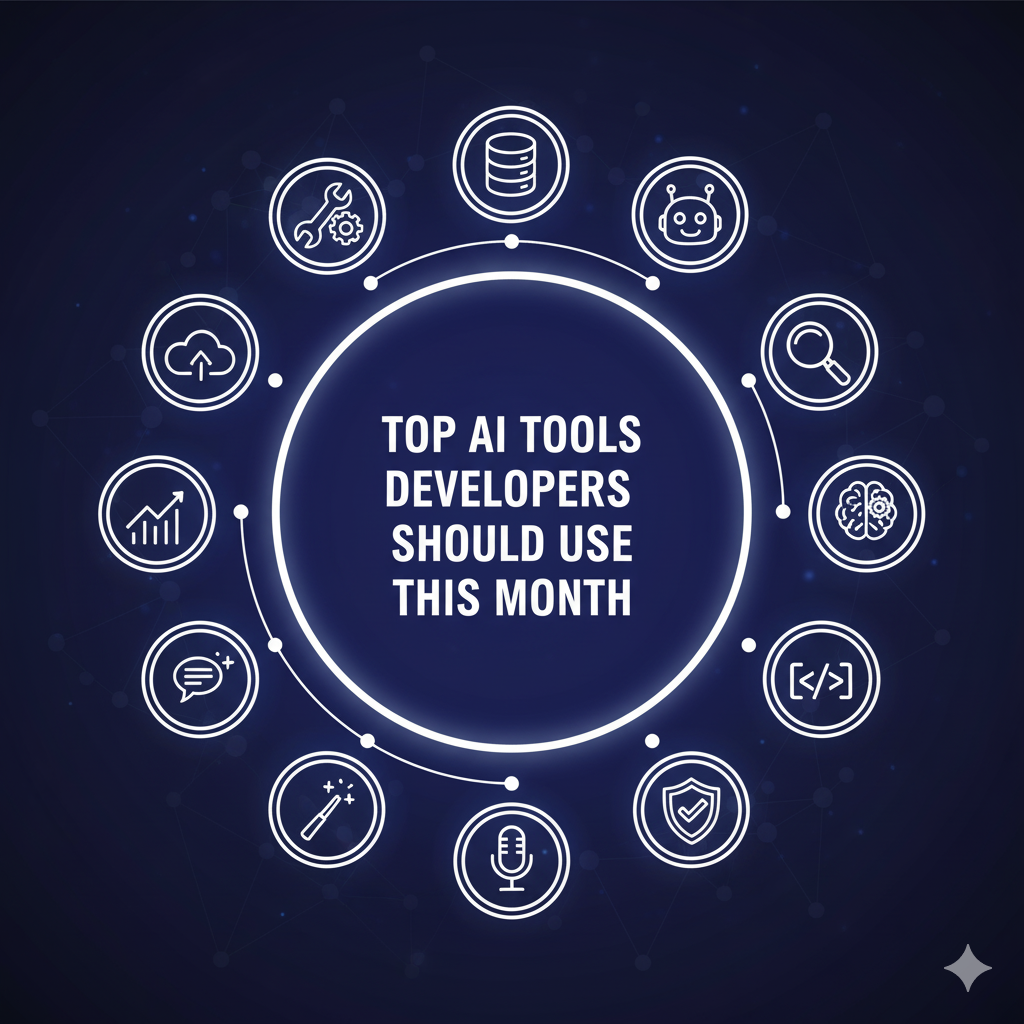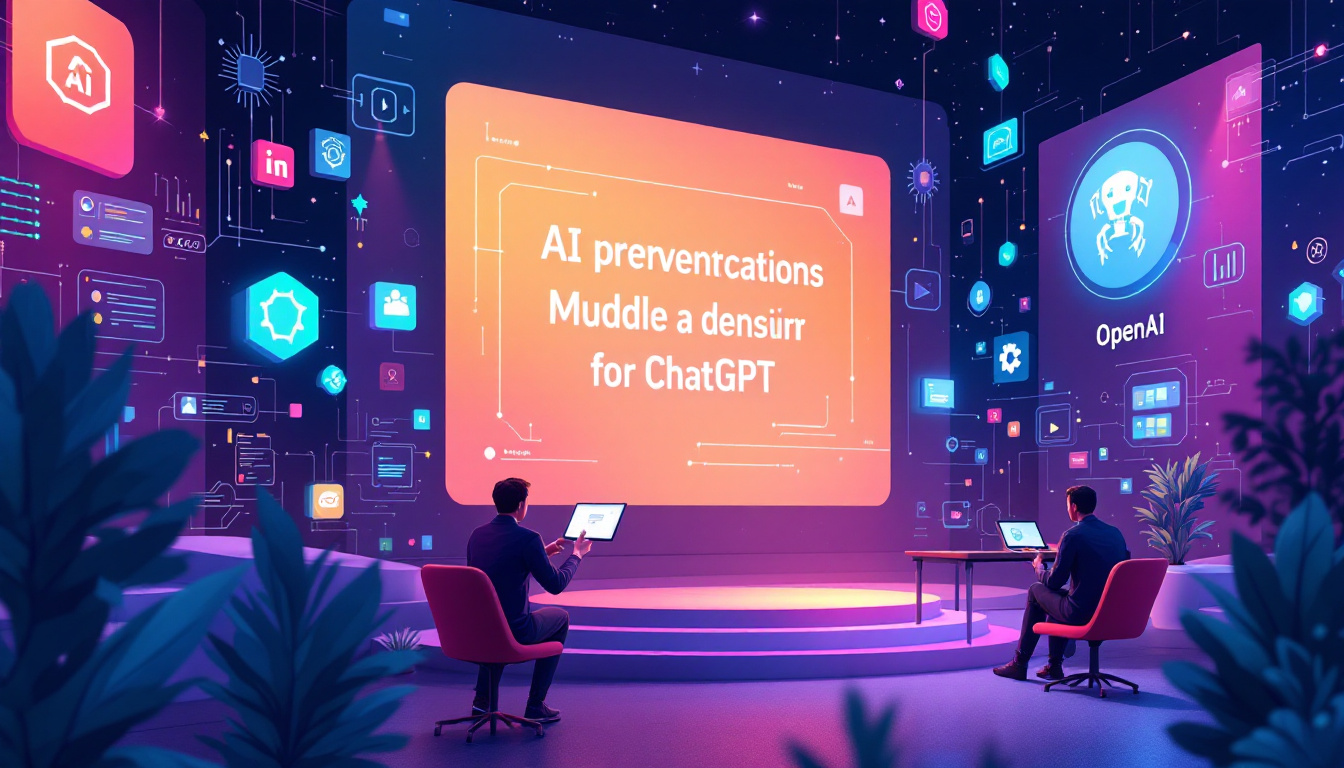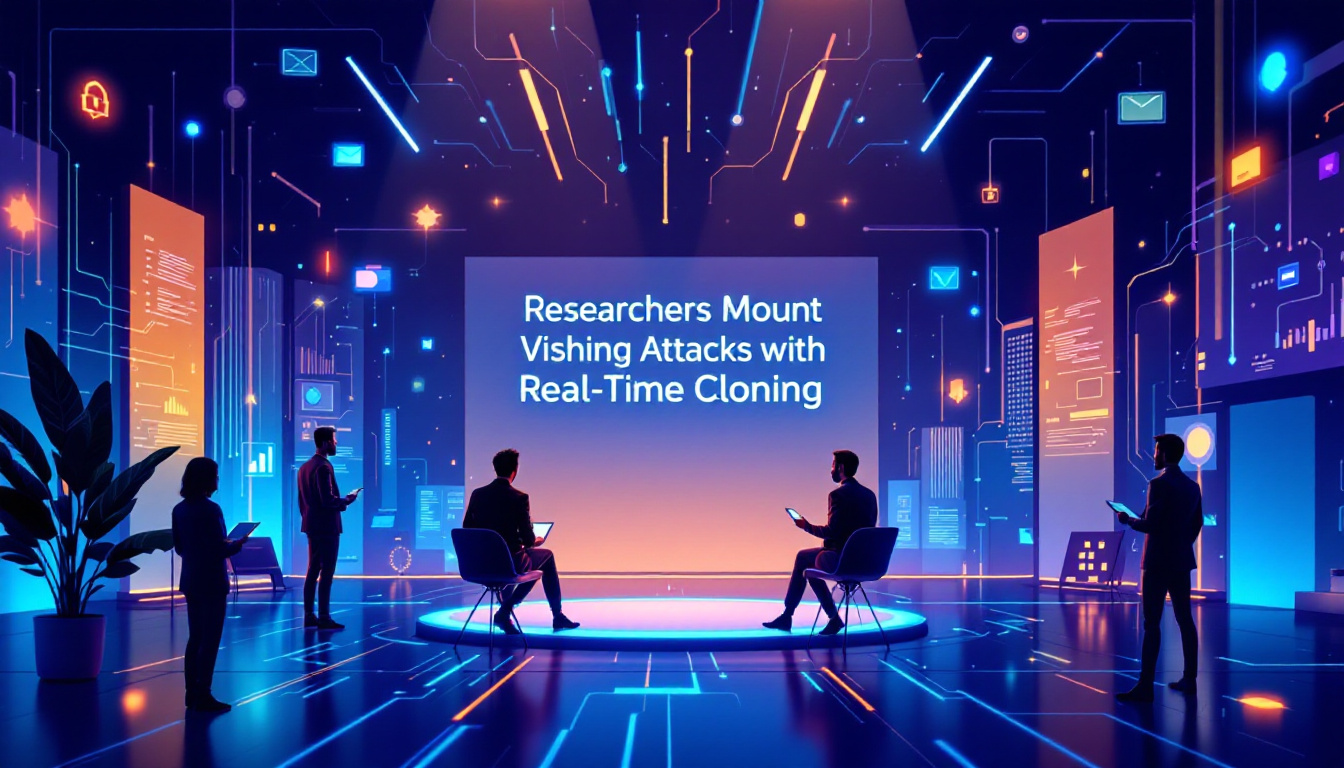Top AI Tools Developers Should Use This Month
Artificial Intelligence (AI) continues to revolutionize how developers approach challenges, build software, and innovate solutions. This guide highlights the best AI tools developers should explore this month to maximize efficiency and creativity.
1. GitHub Copilot
GitHub Copilot is an AI-powered code completion tool that assists developers by suggesting code snippets and functions as they type. Built on OpenAI’s Codex model, it integrates seamlessly with popular IDEs like Visual Studio Code.
- Key Features: Real-time code suggestions, context-aware assistance, support for multiple programming languages.
- Why Use It: Saves time on repetitive coding tasks and helps explore new coding patterns.
Learn more at GitHub Copilot.
2. TensorFlow
TensorFlow is an open-source AI and machine learning framework developed by Google. It’s perfect for developers working on complex AI models and applications.
- Key Features: Scalability, extensive libraries, support for neural networks and deep learning.
- Why Use It: Ideal for building production-grade machine learning applications.
Visit TensorFlow's official site for more details.
3. ChatGPT API
OpenAI’s ChatGPT API allows developers to integrate conversational AI into their applications. From virtual assistants to customer service bots, the possibilities are endless.
- Key Features: Natural language processing, customizable response behaviors, easy integration.
- Why Use It: Enhances user experience with intelligent, human-like interactions.
Learn more at OpenAI's platform.
4. PyTorch
PyTorch is another highly popular machine learning framework, favored for its flexibility and ease of use. It’s widely used for research and production alike.
- Key Features: Dynamic computation graphs, extensive ecosystem, strong community support.
- Why Use It: Great for prototyping and experimenting with AI models.
Find out more at PyTorch's website.
5. Hugging Face
Hugging Face provides a suite of tools and pre-trained models for natural language processing (NLP) and machine learning tasks. It’s perfect for developers working on text-based applications.
- Key Features: Pre-trained models, easy-to-use APIs, support for transformers and NLP pipelines.
- Why Use It: Speeds up development and reduces the need for extensive training data.
Explore Hugging Face at huggingface.co.
6. Runway ML
Runway ML is a creative AI tool designed for developers and artists. It enables users to create AI-powered visuals, videos, and animations effortlessly.
- Key Features: User-friendly interface, generative models for art and media, real-time collaboration.
- Why Use It: Perfect for integrating AI into creative projects.
Check it out at Runway ML.
7. DataRobot
DataRobot is an AI platform focused on automating the end-to-end process of building and deploying machine learning models. It’s ideal for teams looking to streamline AI workflows.
- Key Features: Automated model creation, deployment tools, advanced analytics.
- Why Use It: Reduces development time and increases accuracy.
Discover more at DataRobot's website.
FAQs
What should I consider when choosing an AI tool?
Consider factors like ease of integration, scalability, community support, and specific features that align with your project goals.
Are these tools beginner-friendly?
Many of these tools, such as GitHub Copilot and Hugging Face, are beginner-friendly and offer extensive documentation and tutorials.
Do I need programming experience to use these tools?
Some tools, like Runway ML, cater to non-programmers, while others require coding knowledge, such as TensorFlow and PyTorch.
Conclusion
AI tools are transforming the software development landscape, providing developers with powerful capabilities to build smarter, faster, and more innovative solutions. Whether you're a seasoned developer or just starting your journey, these tools will help you stay ahead of the curve.



